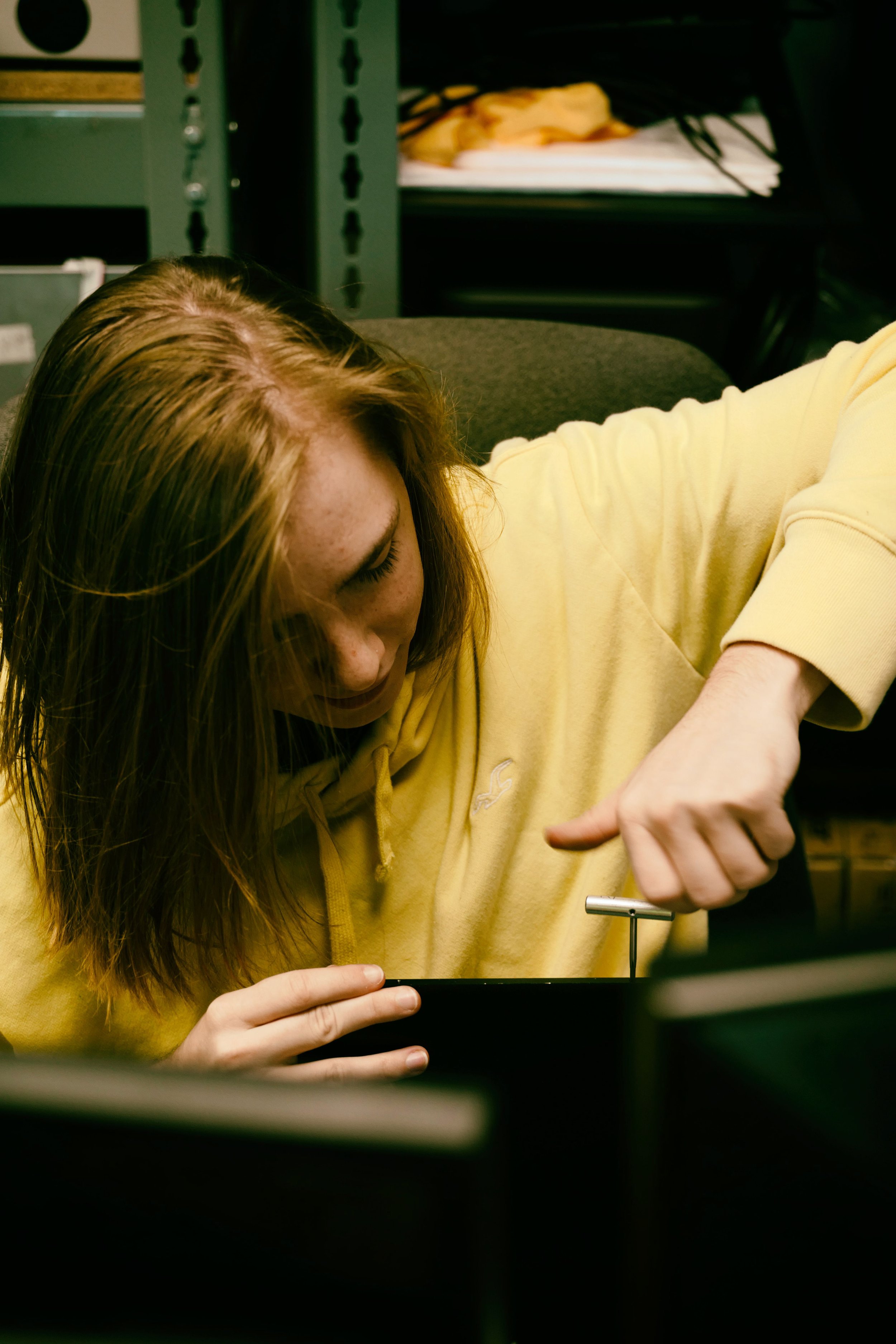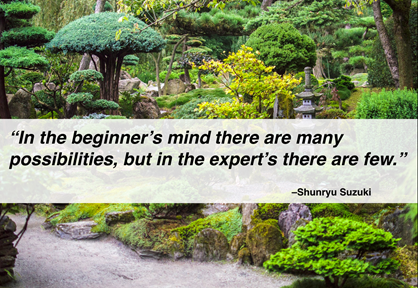Uv/vis Things To Know Before You Buy
Uv/vis Things To Know Before You Buy
Blog Article
The Of Spectrophotometers
Table of ContentsUv/vis - TruthsWhat Does Circular Dichroism Mean?Unknown Facts About Circular DichroismAbout Spectrophotometers8 Easy Facts About Spectrophotometers ShownThe 10-Second Trick For Uv/visLittle Known Questions About Uv/vis/nir.Some Known Questions About Spectrophotometers.Things about Uv/visAn Unbiased View of Uv/visThe Greatest Guide To SpectrophotometersFascination About Uv/visWhat Does Uv/vis/nir Mean?
It is then scanned through the sample and the referral options. Portions of the event wavelengths are transmitted through, or shown from, the sample and the referral. The resultant light strikes the photodetector device, which compares the relative strength of the 2 beams. Electronic circuits convert the relative currents into direct transmission portions and/or absorbance/concentration values.The transmission of a reference compound is set as a baseline (information) value, so the transmission of all other substances are taped relative to the initial "zeroed" compound. The spectrophotometer then converts the transmission ratio into 'absorbency', the concentration of particular components of the test sample relative to the preliminary substance.
Since samples in these applications are not easily offered in big amounts, they are especially suited to being examined in this non-destructive technique. In addition, precious sample can be conserved by utilizing a micro-volume platform where as low as 1u, L of sample is needed for complete analyses. A short explanation of the treatment of spectrophotometry consists of comparing the absorbency of a blank sample that does not contain a colored compound to a sample that includes a colored compound.
The smart Trick of Spectrophotometers That Nobody is Talking About
In biochemical experiments, a chemical and/or physical home is chosen and the treatment that is utilized is particular to that residential or commercial property in order to obtain more info about the sample, such as the quantity, purity, enzyme activity, etc. Spectrophotometry can be utilized for a number of methods such as identifying optimum wavelength absorbance of samples, determining ideal p, H for absorbance of samples, determining concentrations of unidentified samples, and determining the p, Ka of different samples.: 21119 Spectrophotometry is likewise a handy procedure for protein filtration and can also be used as a method to create optical assays of a compound.
It is possible to understand the concentrations of a 2 component mix utilizing the absorption spectra of the standard solutions of each element. To do this, it is essential to know the extinction coefficient of this mix at 2 wave lengths and the termination coefficients of solutions which contain the recognized weights of the two elements.

What Does Uv/vis Mean?
Area. The concentration of a protein can be approximated by measuring the OD at 280 nm due to the existence of tryptophan, tyrosine and phenylalanine.
Nucleic acid contamination can likewise interfere. This technique requires a spectrophotometer capable of determining in the UV region with quartz cuvettes.: 135 Ultraviolet-visible (UV-vis) spectroscopy involves energy levels that excite electronic shifts. Absorption of UV-vis light thrills particles that remain in ground-states to their excited-states. Visible area 400700 nm spectrophotometry is utilized extensively in colorimetry science.
These curves can be utilized to evaluate a brand-new batch of colorant to examine if it makes a match to requirements, e
Traditional visible conventional noticeable area not detect if identify colorant or the base material has fluorescence. This can make it challenging to manage color issues if for example one or more of the printing inks is fluorescent. There are two major setups for visual spectrum spectrophotometers, d/8 (spherical) and 0/45.
Scientists utilize this instrument to measure the amount of compounds in a sample. In the case of printing measurements two alternative settings are frequently used- without/with uv filter to control better the impact of uv brighteners within the paper stock.
The Basic Principles Of Uv/vis/nir
Some applications require small volume measurements which can be carried out with micro-volume platforms. As explained in the applications area, spectrophotometry can be used in both qualitative and quantitative analysis of DNA, RNA, and proteins. Qualitative analysis can be used and spectrophotometers are used to tape-record spectra of substances by scanning broad wavelength regions to identify the absorbance residential or commercial properties (the strength of the color) of the compound at each wavelength.

How Circularly Polarized Luminescence can Save You Time, Stress, and Money.
One significant element is the kind of photosensors that are available for different spectral regions, but infrared measurement is likewise tough because practically everything discharges IR as thermal radiation, especially at wavelengths beyond about 5 m. Another complication is that rather a couple of products such as glass and plastic take in infrared, making it incompatible as an optical medium.
Samples for IR spectrophotometry may be smeared between two discs of potassium bromide or ground with potassium bromide and pressed into a pellet. Where aqueous services are to be measured, insoluble silver chloride is used to construct the cell. Spectroradiometers, which operate practically like the visible area spectrophotometers, are developed to determine the spectral density of illuminants. 2013. p. 13. Allen, DW; Cooksey, C; Tsai, BK (Nov 13, 2009). "Spectrophotometry". Recovered Dec 23, 2018. Ninfa AJ, Ballou DP, Benore M (2010 ). Essential Lab Techniques for Biochemistry and Biotechnology (2nd ed.). Hoboken: Wiley & Sons. ISBN 9780470087664. OCLC 488246403. Schwedt G (1997 ). The important guide to analytical chemistry.
Oke, J. B.; Gunn, J. E.
Our Uv/vis PDFs

Ninfa AJ, Ballou DP, Benore M (2015 ). Basic Lab Techniques for Biochemistry and Biotechnology (3, rev. ed.). circular dichroism. Laboratory Equipment.
Not known Incorrect Statements About Spectrophotometers
Obtained Jul 4, 2018. Trumbo, Toni A.; Schultz, Emeric; Borland, Michael G.; Pugh, Michael Eugene (April 27, 2013). "Applied Spectrophotometry: Analysis of a Biochemical Mix". Biochemistry and Molecular Biology Education. 41 (4 ): 24250. doi:10. 1002/bmb. 20694. PMID 23625877. (PDF). www. mt.com. Mettler-Toledo AG, Analytical. 2016. Retrieved Dec 23, 2018. Cortez, C.; Szepaniuk, A.; Gomes da Silva, L.
"Exploring Proteins Purification Techniques Animations as Tools for the Biochemistry Mentor". Journal of Biochemistry Education. 8 (2 ): 12. doi:. Garrett RH, Grisham CM (2013 ). Biochemistry. Belmont, CA: Cengage. p. 106. ISBN 978-1133106296. OCLC 801650341. Vacation, Ensor Roslyn (May 27, 1936). "Spectrophotometry of proteins". Biochemical Journal. 30 (10 ): 17951803. doi:10. 1042/bj0301795.
PMID 16746224. Hermannsson, Ptur G.; Vannahme, Christoph; Smith, Cameron L. C.; Srensen, Kristian T.; Kristensen, Anders (2015 ). "Refractive index dispersion noticing using a range of photonic crystal resonant reflectors". Applied Physics Letters. 107 (6 ): 061101. Bibcode:2015 Ap, Ph, L. 107f1101H. doi:10. 1063/1. 4928548. S2CID 62897708. Mavrodineanu R, Schultz JI, Menis O, eds.
How Uv/vis can Save You Time, Stress, and Money.
U.S. Department of Commerce National Bureau of Standards special publication; 378. Washington, D.C.: U.S. National Bureau of Standards. p. 2. OCLC 920079.
The procedure begins with a controlled source of light that illuminates the evaluated sample. When it comes to reflection, as this light engages with the try these out sample, some is taken in or given off. The produced light travels to the detector, which is analyzed, measured, and presented as industry-standard color scales and indices.
All terms are assessed over the noticeable spectrum from 400 to 700 nm. In the case of transmission, when the light communicates with the sample, it is either absorbed, reflected, or sent.
Getting My Circular Dichroism To Work
Examples consist of APHA (American Public Health Association) for watercolor and purity analysis, ASTM D1500 for petrochemical color analysis, edible oil indices utilized in food, and color analyses of drinks. All terms are assessed over the noticeable spectrum from 400 to 700 nm.
Image Credit: Matej Kastelic/ Dr. Arnold J. Beckman and his associates at the National Technologies Laboratories first created the spectrophotometer in 1940. In 1935 Beckman founded the business, and the discovery of the spectrophotometer was their most ground-breaking development. Dr. Bruce Merrifield, a Nobel prize-winning biochemist, specified that the development of the spectrophotometer was "most likely the most important instrument ever developed towards the improvement of bioscience." Before the discovery of the spectrophotometer, chemical analyses took weeks to complete, with 25% precision.
Uv/vis/nir - An Overview
99% accuracy. In time, researchers kept improving the spectrophotometer design to boost its performance. For circumstances, the UV abilities of the model B spectrophotometer were enhanced by replacing the glass prism with a quartz prism. Eventually, the Model DU was produced, including a hydrogen lamp and other improvements. This instrument was utilized in commercial laboratories, clinics, and chemistry and biochemistry departments.
Typically, a spectrophotometer is made up of 2 instruments, specifically, a spectrometer and a photometer. A standard spectrophotometer includes a light source, a monochromator, a collimator for straight light beam transmission, a cuvette to place a sample, and a photoelectric detector.
How Circularly Polarized Luminescence can Save You Time, Stress, and Money.
There are different kinds of spectrophotometers in various shapes and sizes, each with its own function or performance. A spectrophotometer identifies how much light is reflected by chemical elements. circularly polarized luminescence. It measures the distinction in light strength based on the total quantity of light presented to a sample and the quantity of beam that goes through the sample service
According to the instrument's style, the sample is positioned between the spectrometer and the photometer. After the light is travelled through the sample, the photometer measures its strength and shows the reading. A spectrophotometer is used to figure out the concentration of both colorless and colored solutes in a service. This instrument is utilized to figure out the rate of a response.
Report this page